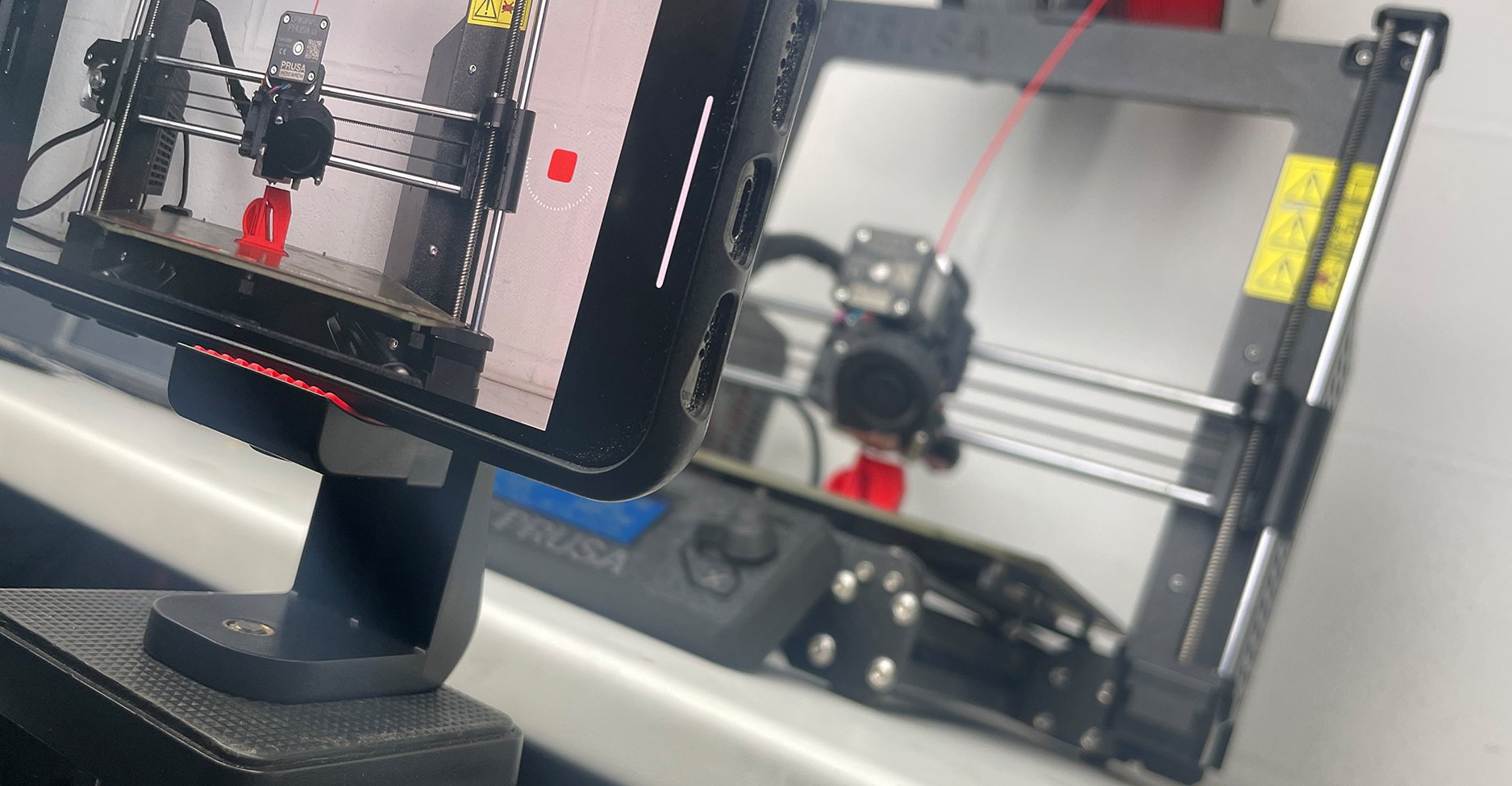Understanding your target market and why it's so important...
Have you solved a problem with a solution that has never been thought about before.
That's great!, the next thing you should start to think about are your different user groups…
It's a good idea to start with your primary user group:
What do they look like, who are they?
What other products do they use to tackle the issue currently?
Are there any other options available to them?
Are there any competitor products which solve the problem in a different way?.
After approaching your intended primary user group you may find that they are not engaging with the product as you had hoped. On the other hand, you may find that your solution has been adopted well and your assumptions are all nailed. The likelihood is that you may have to make adjustments to the design or rethink the way you’re challenging the problem to combat this. This will help you to arrive at a solution which appeals to your target market, works well and is fit for purpose
Once you understand who your primary set of users are and the most effective ways to engage with them you can then work backwards and begin to think about different sets of users and different user group needs. You may want to think about the following:
Could my product solve a similar problem in a different use case scenario?
Are there any adaptations I can make to the design to reach a different set of users?
More often than not, the insights uncovered at the initial phase may help to answer both questions above. Any learnings will certainly help with further trials and testing exercises with different user groups further down the line.
This is why prototyping plays such a key role in the product development process. Once you have something you believe works, take it to your intended user group and see how they interact with your product. It may not be what you quite expect. Testing and failing fast is not only a great way to minimise costs but can also help you to test your assumptions against different user groups and sure up your proposal. Having a firm understanding of your target market is one of the most vital parts to the design process and feeding these learnings back into the design process is vital to a product that works really well for the people it is intended for.
Once you understand the people you are targeting your product towards you can then figure out the best way to reach them.
If you are unsure on the best way to approach this task or don't know where to start we offer a design research service which can help you to identify different user groups and alternative routes to market.


